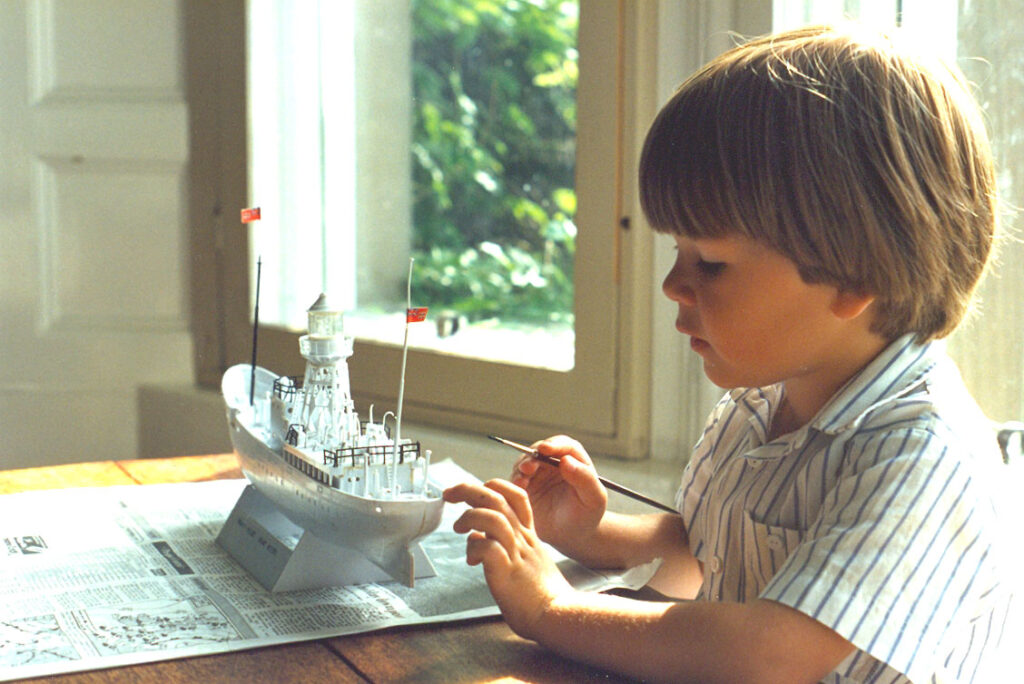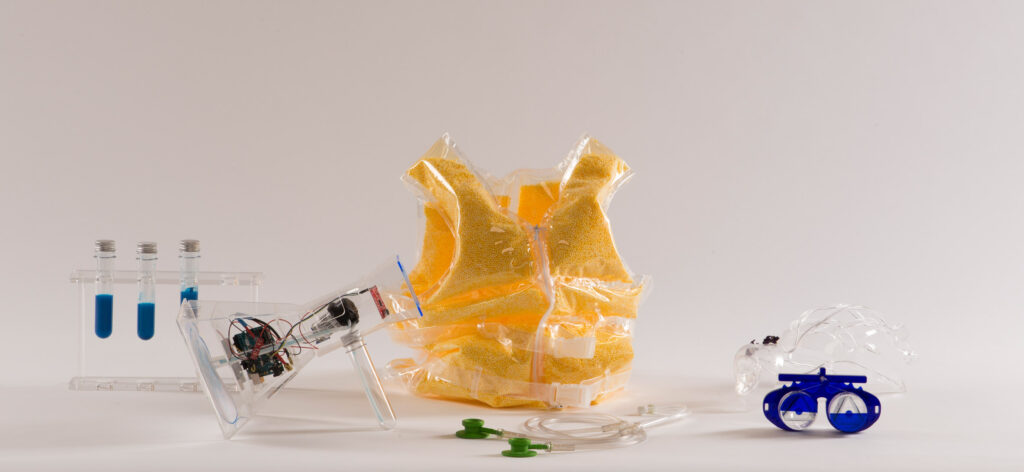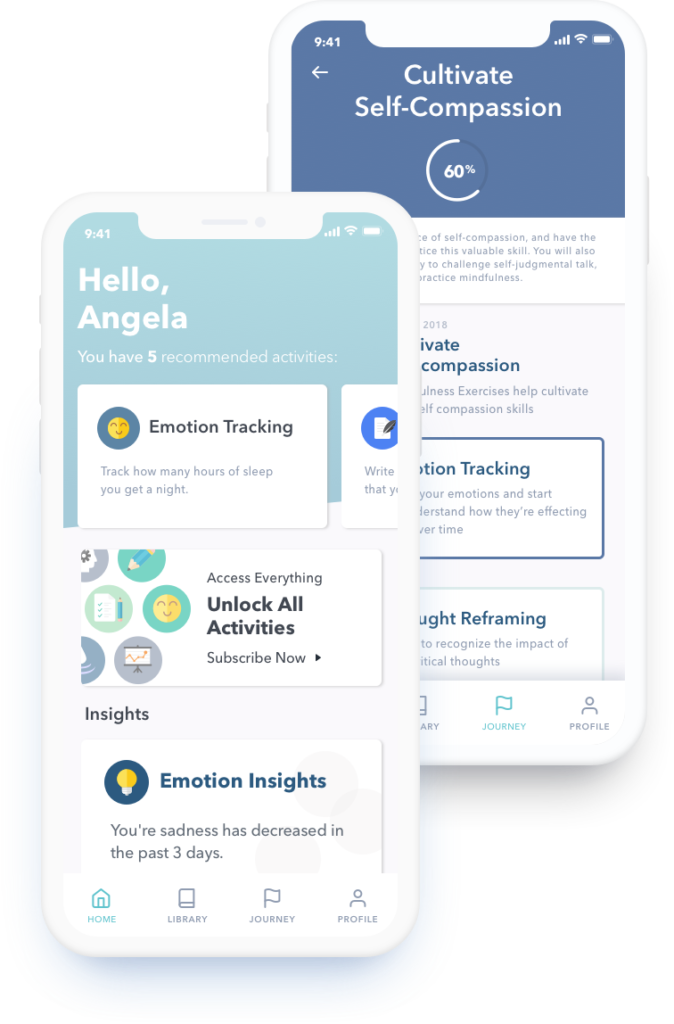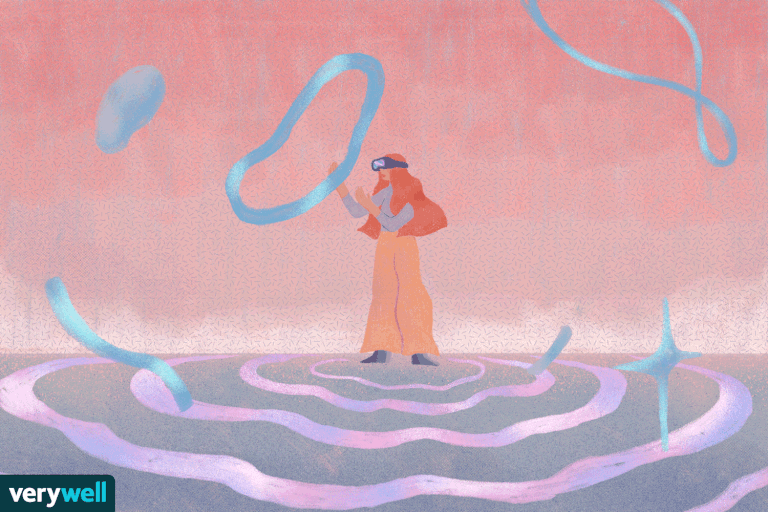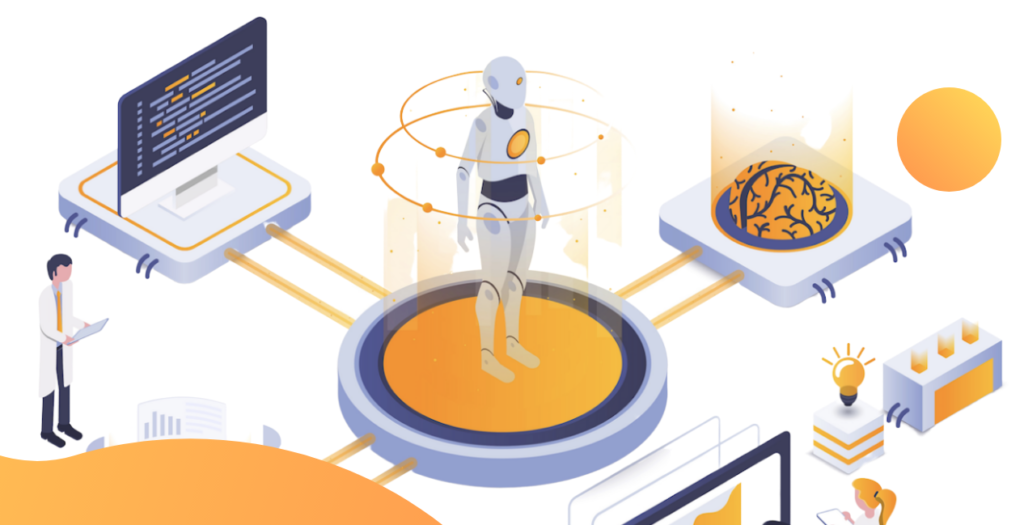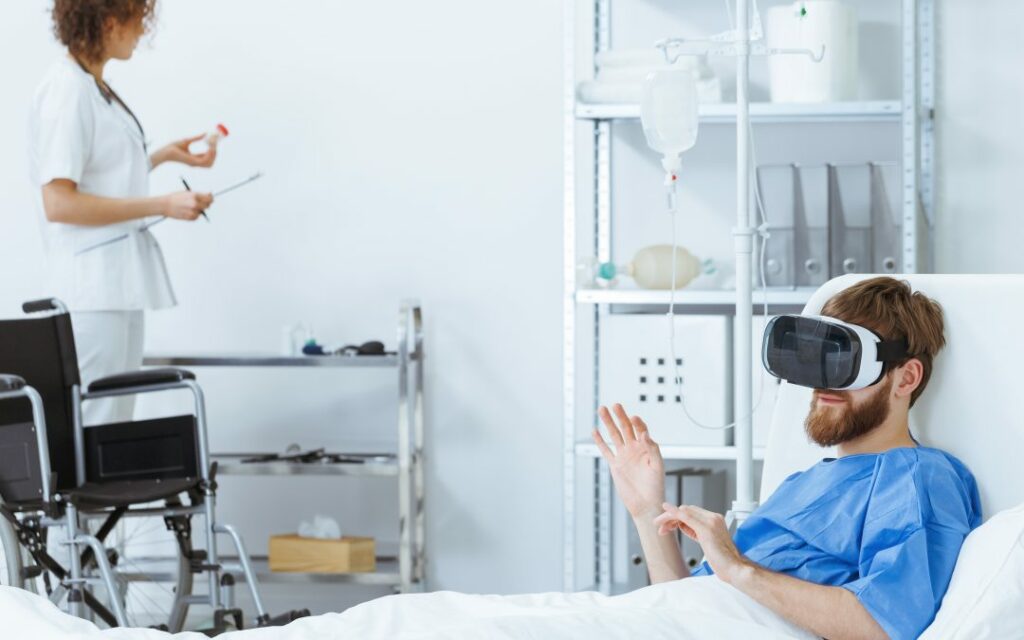Title
Helping People Through the Grieving Process
Author
Danai Asteriadi
University
The Estonian Academy of Arts
Degree and submission
Interaction Design, May 2021
Supervisors
Riina Raudne
Tanel Kärp
Nesli Hazal Akbulut
Level of design
The design of the thesis accentuates the topic of mental health. It is friendly and easy to understand due to graphical support. However, viewed from a design perspective it is not particularly outstanding but rather the basic standard.
Degree of Innovation
The aim of the thesis which is to explore ways to help people through the grieving process is quite unique and rarely researched on I suppose. The outcome on the other hand is an interesting interactive board game that focuses on the time spent together while thinking of memories, which is a positive outcome but not necessarily innovative from my point of view.
Independence
The author was intrinsically motivated to research on the topic, and was apart from inspiration completely independent.
Outline and structure
The outline and structure of this thesis are very good indeed, since it is based on the well-known double diamond design approach. It is a fluent order which makes a lot of sense in terms of understanding the methodology and the research process right up to the concept development of the author.
Degree of communication
At every section it is perceivable what the author means and wants to communicate. The language used is accurate yet colloquial. The content is enhanced by graphics and pictures which make it even more understandable.
Scope of the work
The thesis consists of 169 pages. To me it is well balanced, not too much, and not to little. For the aim of the author as well as for the reader the amount is perfectly sufficient.
Orthography and accuracy
The thesis is very well written and it seems like there are no orthographical mistakes. I find the accuracy relative to the outcome of the board game totally fine as opposed to the research topic of the grieving process, which could’ve been described in a more accurate and scientific manner.
Literature
The author declares 53 references, which seem to be reasonably cited. The major content deals with design processes, and unfortunately the author has stated not too many references dealing with psychology.
